
Chewe Luo, UNICEF.
At present many people with HIV in low- and middle-income countries do not have access to these tests because they are expensive and need to be done in high-tech laboratories. Blood samples must be sent away for testing, and the patient may never return to get the results. Point-of-care diagnostics will bring these tests out of the centralised laboratory and get them to the patient so they can get their results immediately.
It is hoped that greater availability of these tests at the point of care will help to diagnose HIV infection in more infants and children, so that they can receive treatment as early as possible. The tests will also support treatment for mothers, reducing the risk of mother-to-child HIV transmission and keeping mothers alive.

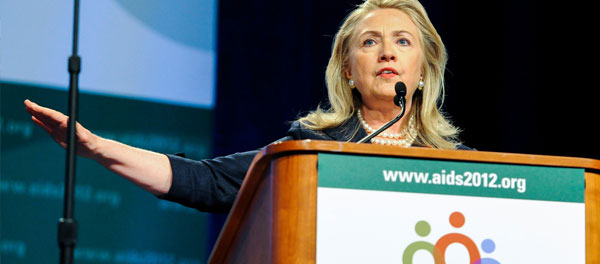




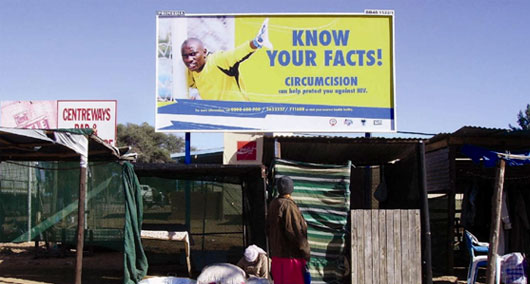
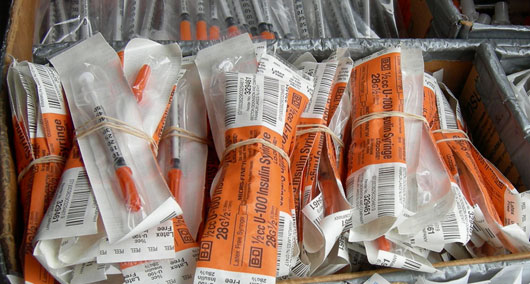
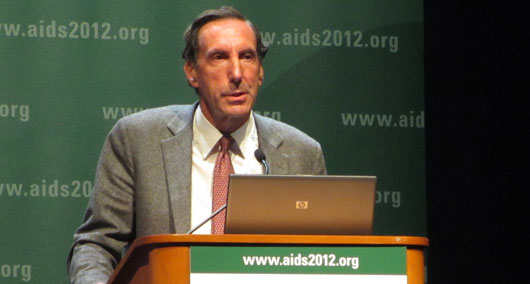

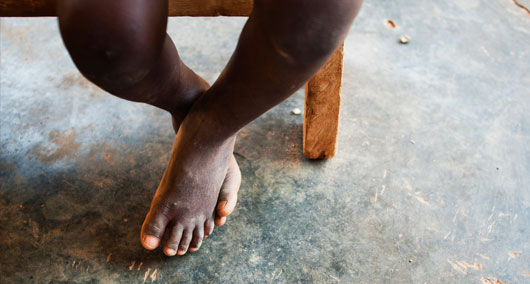
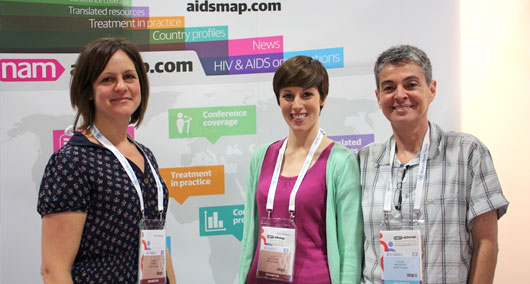
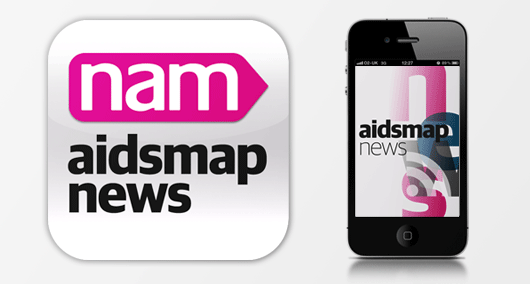
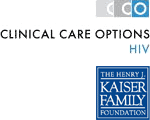



Connect with NAM on Facebook: Keep up to date with all the exciting projects, latest achievements and new developments that are going on in the world of NAM.
Follow NAM on twitter for links to hot off the press news stories from our editors covering key developments and conferences as they happen. Our news feed is linked to www.twitter.com/aidsmap_news and we also tweet from www.twitter.com/aidsmap.
Follow all the conference news by subscribing to our RSS feeds.